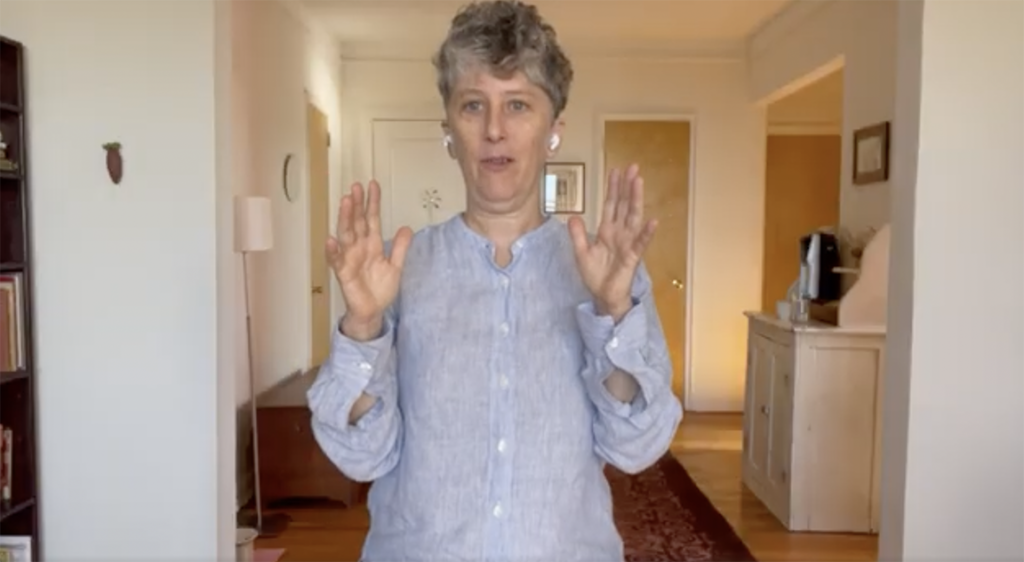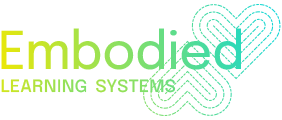
Hint: It’s not about being snappy and engaging!
Therapists and teachers are still burning out on Zoom, and it’s a problem that I think will not be going away. Do you feel stiff and awkward on Zoom? You are not alone. I have to laugh at how folks are trying to get around this. I did some research before writing this post about relaxing your face and being authentic on camera, and you know what I found? People are definitely not interested in how to be present on Zoom.
People looking for how to fake being present on Zoom. That’s either really sad, or really funny, or both. Apparently you can create a video loop and run that to make it look like you are listening. I get it – people sometimes need privacy, and everyone is so burned out in long meetings. The need for relief is great. But it’s not an option for us professionals working with clients one-on-one!
We can developing the skill to be authentically present even in front of a camera, for ourselves and for our clients. That doesn’t mean being snappy and engaging. Your job is not to entertain your clients and students – it’s to connect with them.
Don’t be hard on yourself if you struggle with this. Performers take years to learn this skill. We’ve all been thrust into this new Zoom world by circumstance. It has plusses, and it has minuses. I prefer to look at the plusses.
You can learn how to drop the performative mask – just like actors do. They are shy, sensitive people just like you may be. Learning to be present with others, in person and on camera, is the basis of all that they do. Actors know that faking it doesn’t work.
Simply being present is the basis of all therapeutic and educational contact. We empathize with each other (professionals and their clients) and take in non-verbal cues to communicate in an embodied way. This is how we make effective and transformational contact with our clients and students; not by being peppy or trying to “look interested.”
The video above shows you how to use your own touch to let go of the performative mask that is a very natural response to knowing you are being seen.
You can deeply relax your face and body just through the use of touch. It’s much more effective than poking and prodding the muscles. People feel witness and accepted when they are touched in a non-invasive way – even when touching one’s own body this is true! You can safely show your clients how to do this for themselves too.
Just to be heard and seen with empathy is profoundly healing. Let’s stop overworking on Zoom and use it’s challenges as a reason to improve our contact with our own bodies. I promise you that this will benefit you and your clients and will translate into being more present in person too.
Stay tuned – I’ll be hosting a special weekend workshop in early December on how to do this for teachers and therapists.
